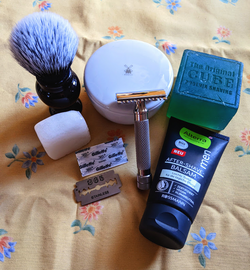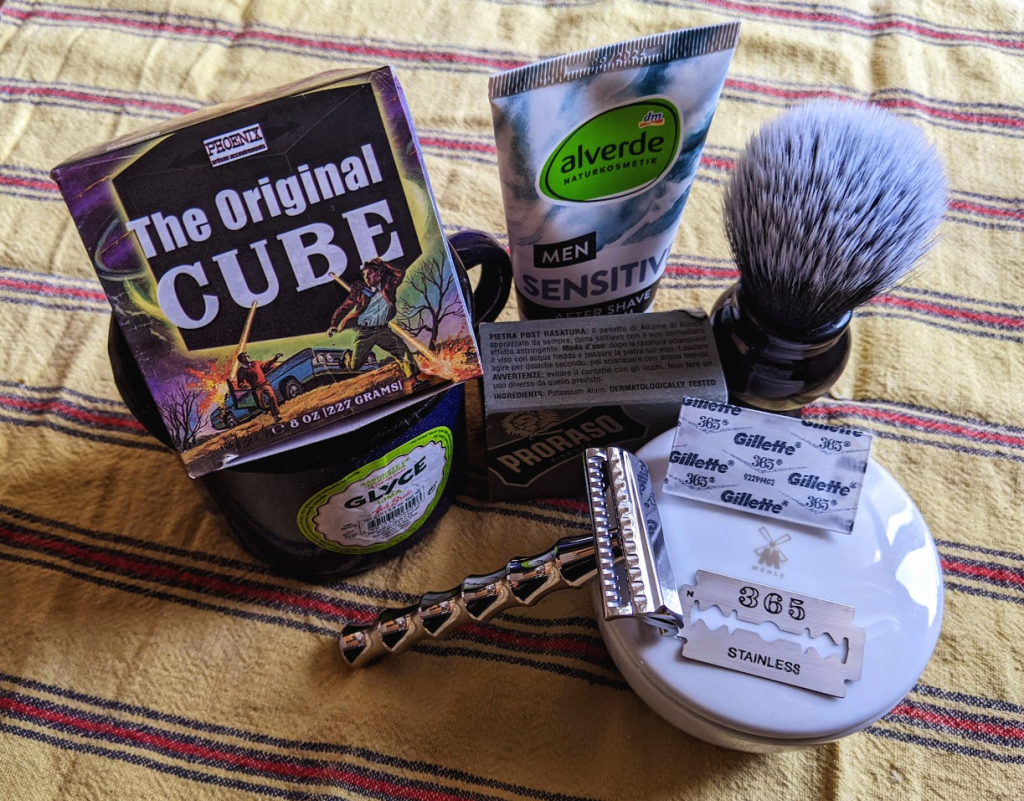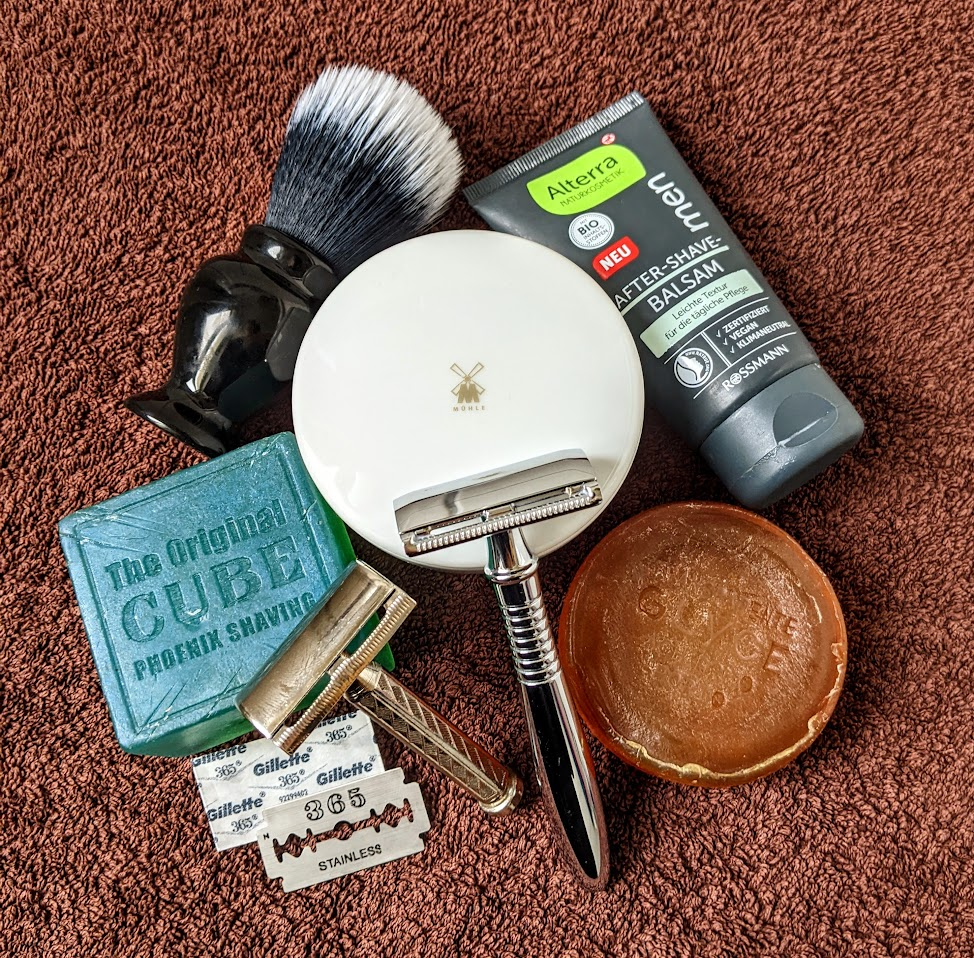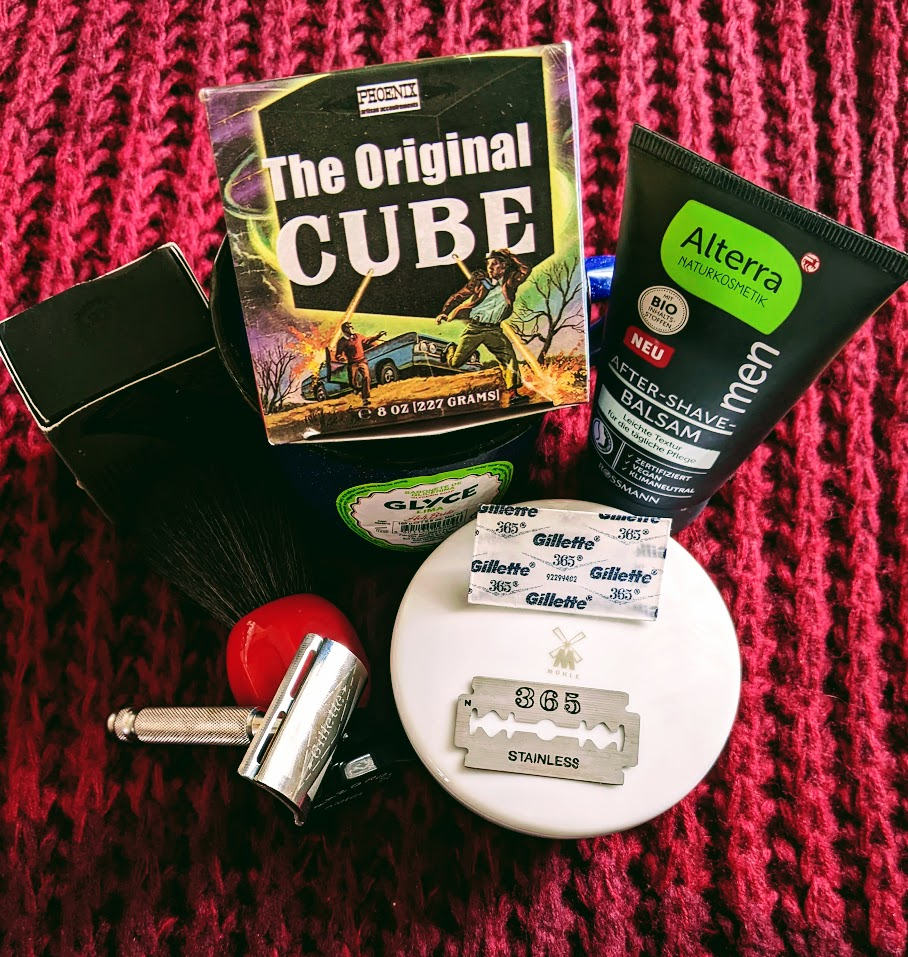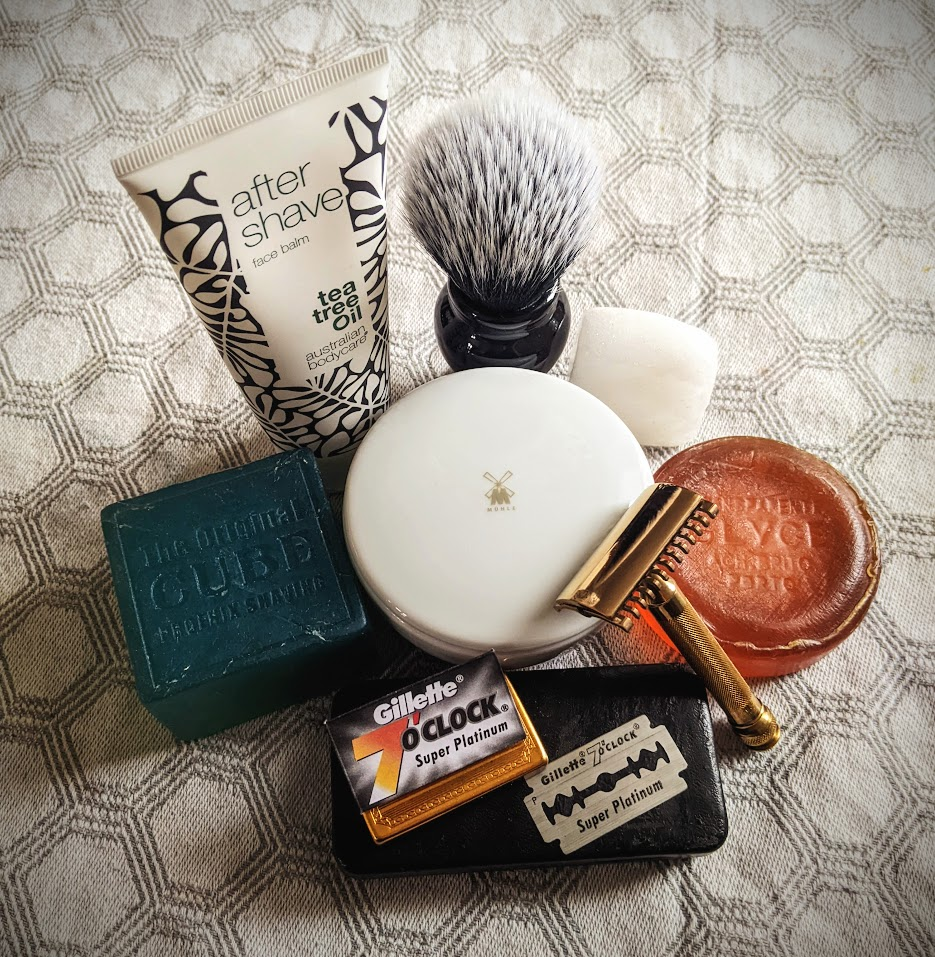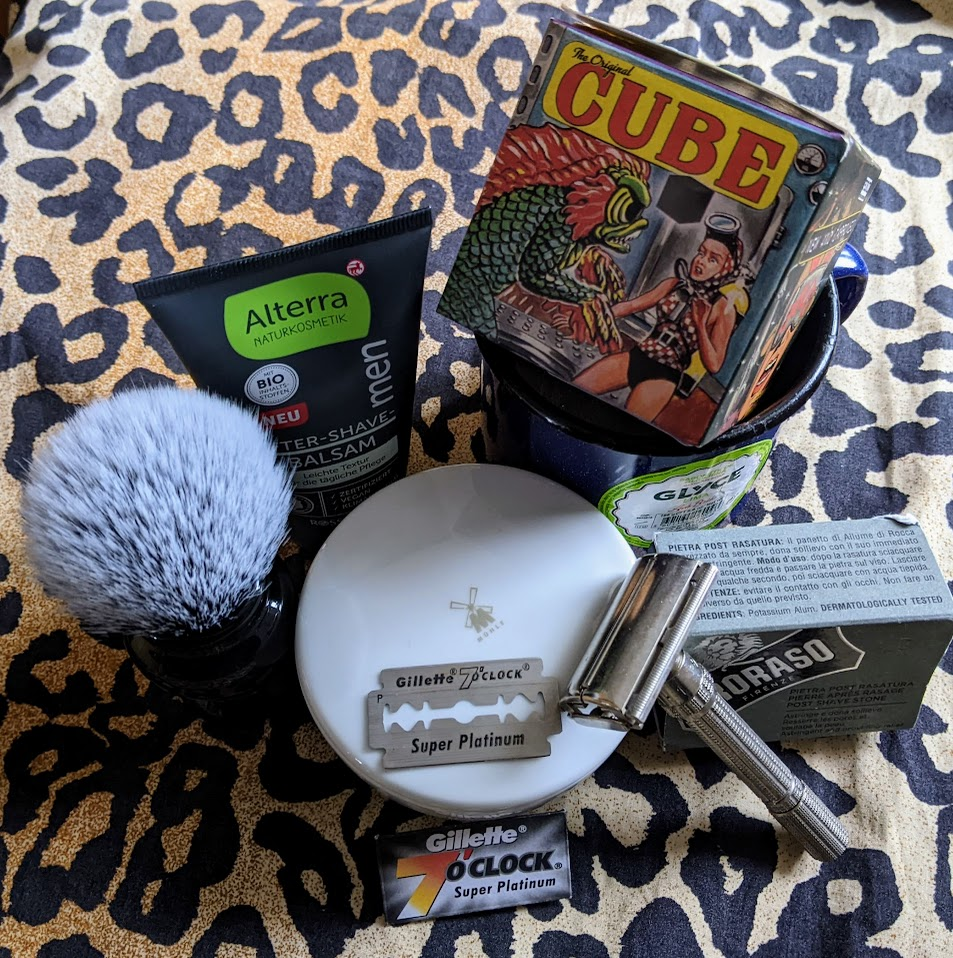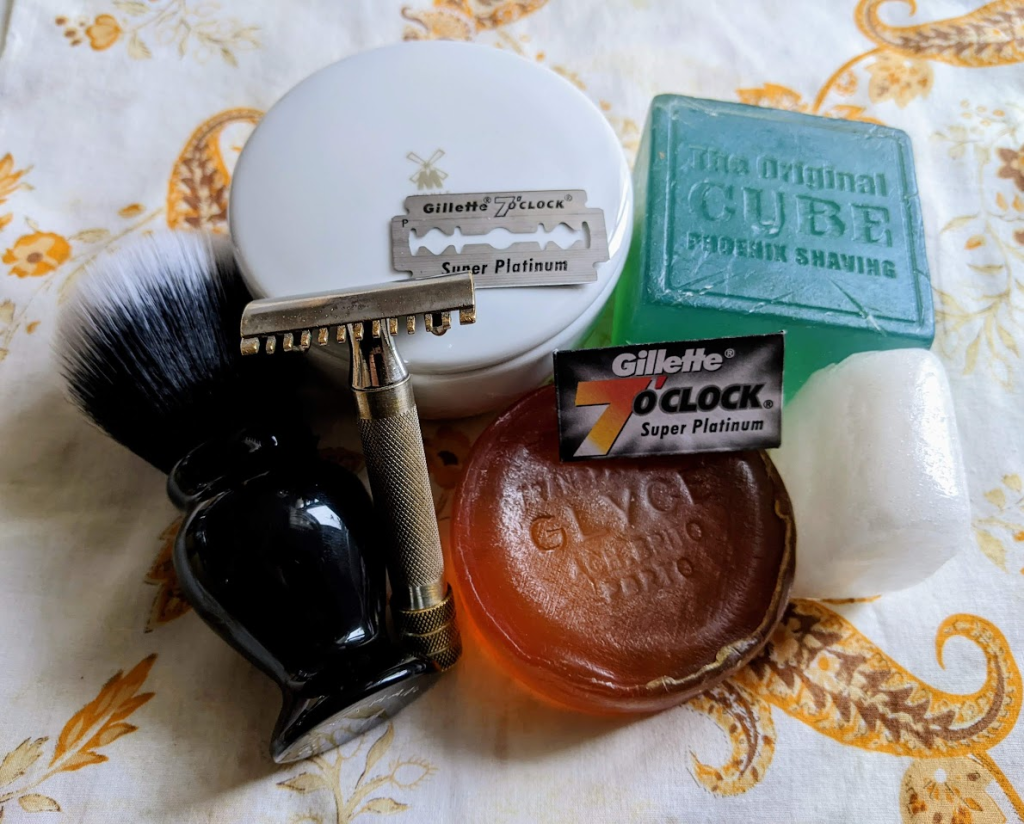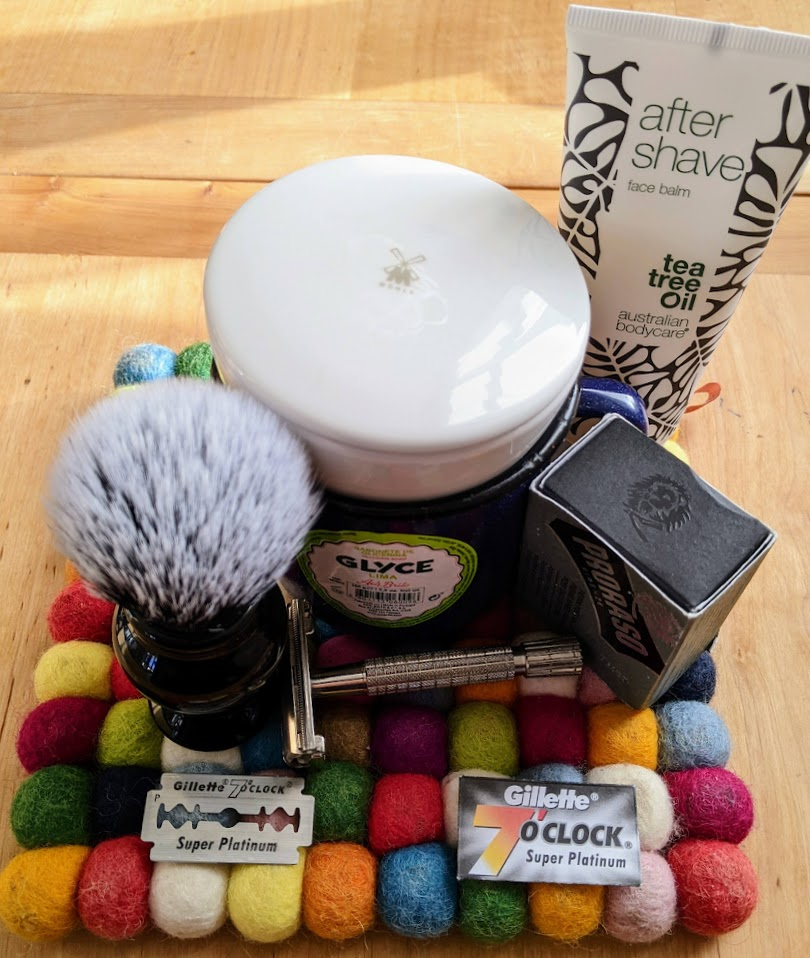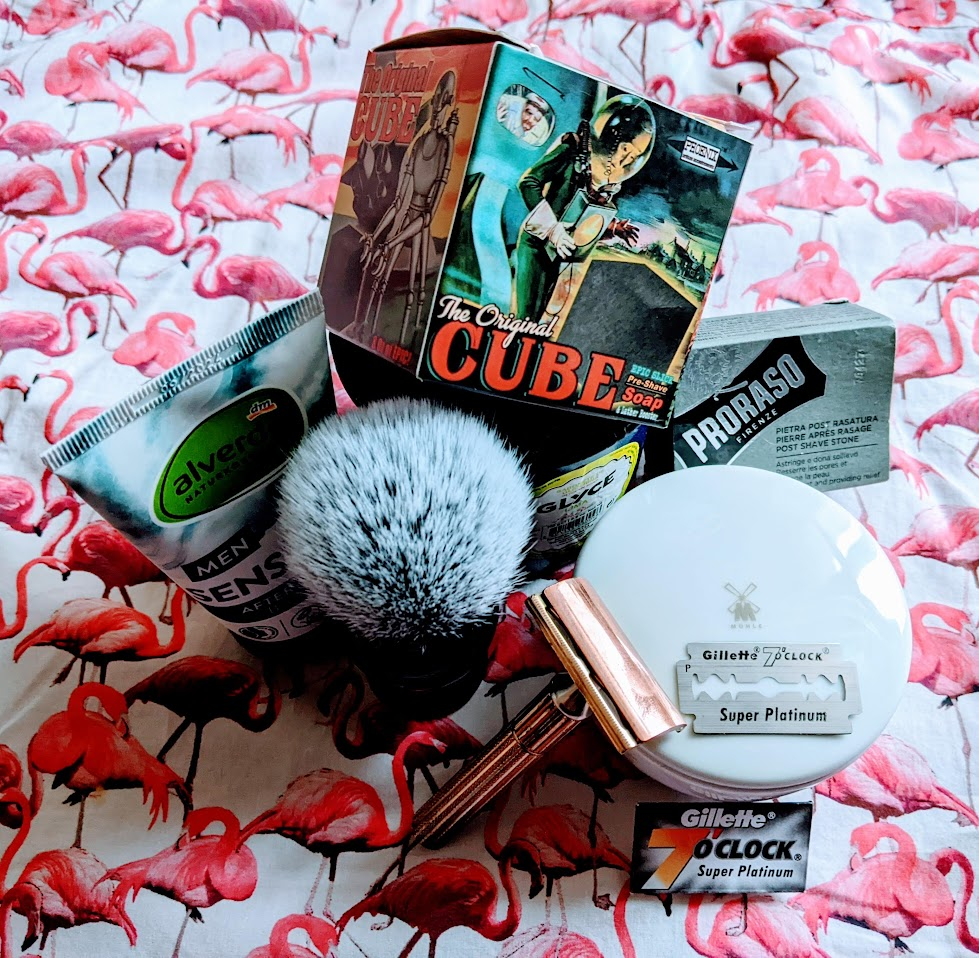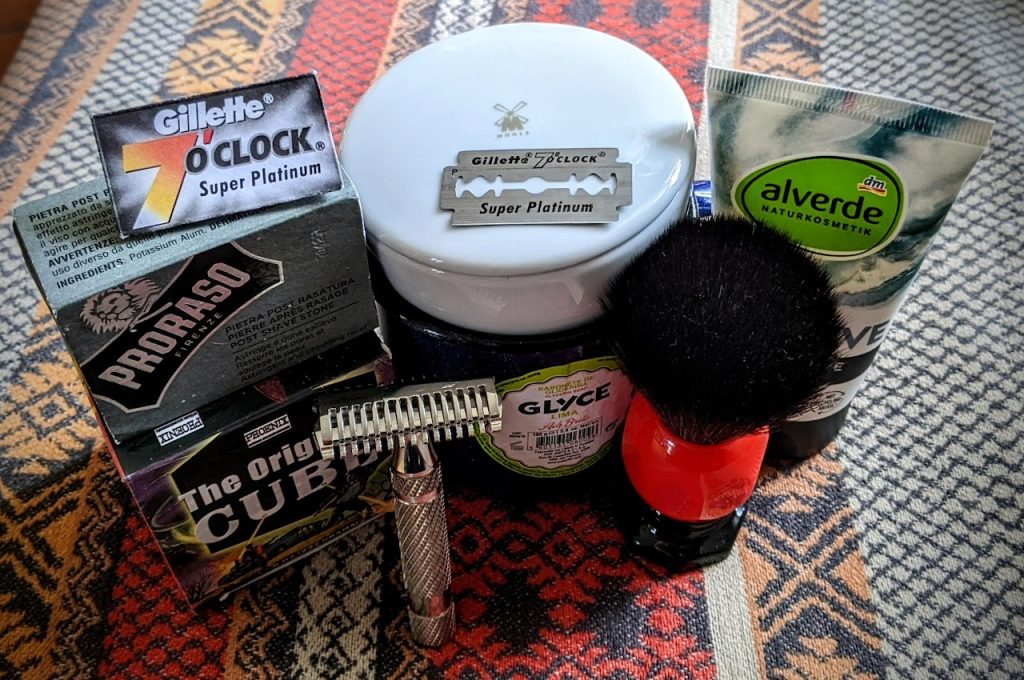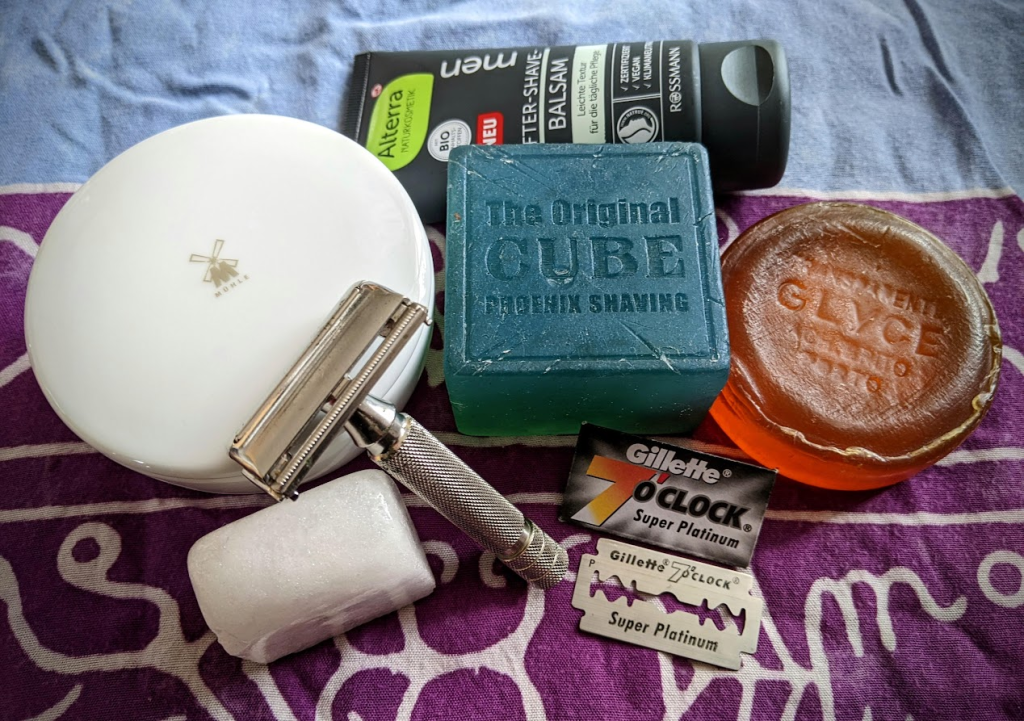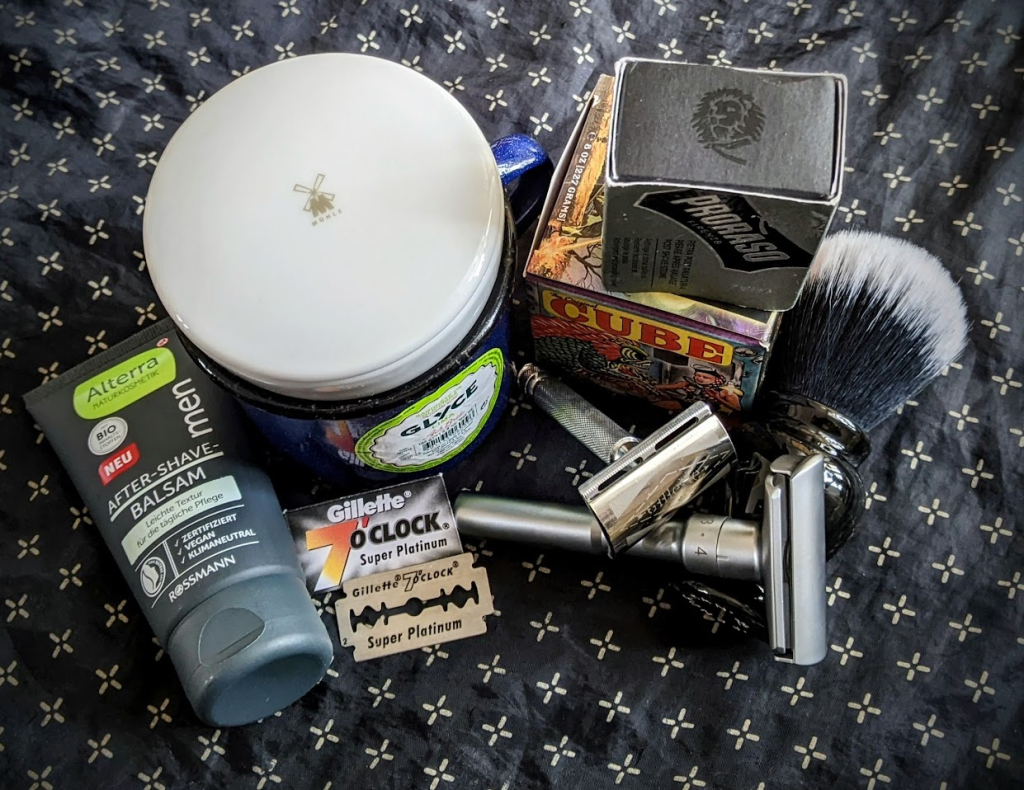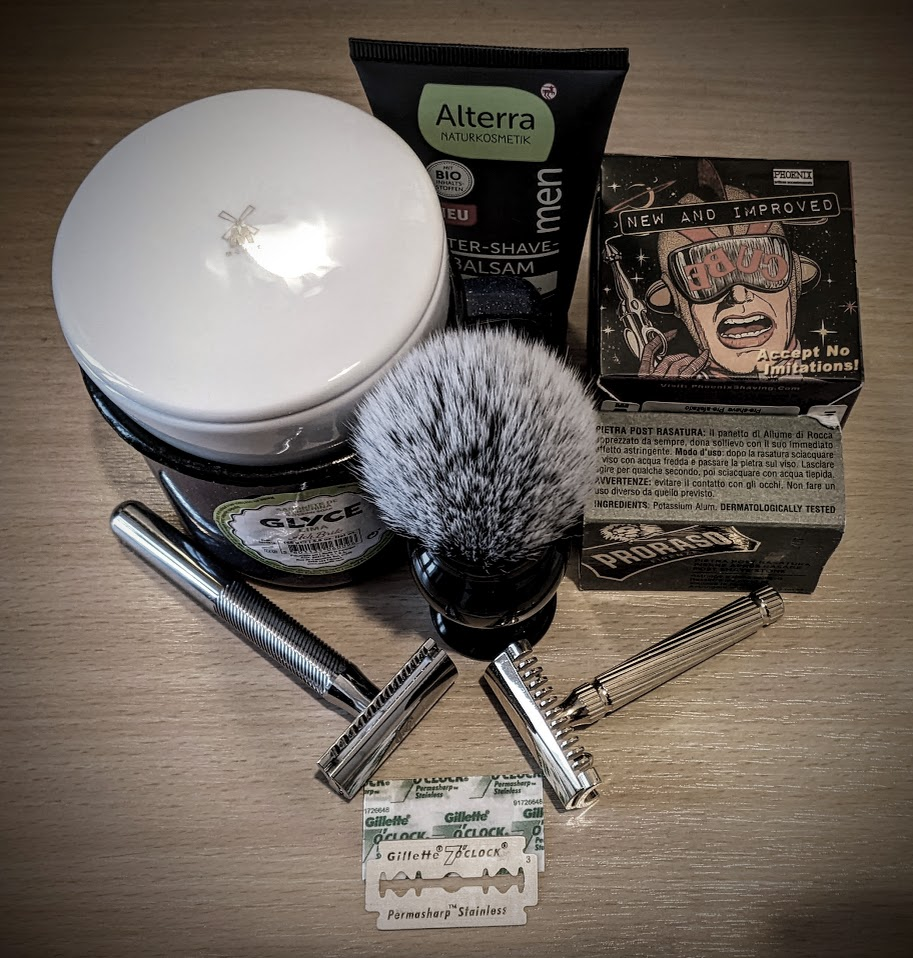- Thread starter
- #141
Blade #38: Gillette 365 (continued)
Round 2: RazoRock Old Type (HD handle)
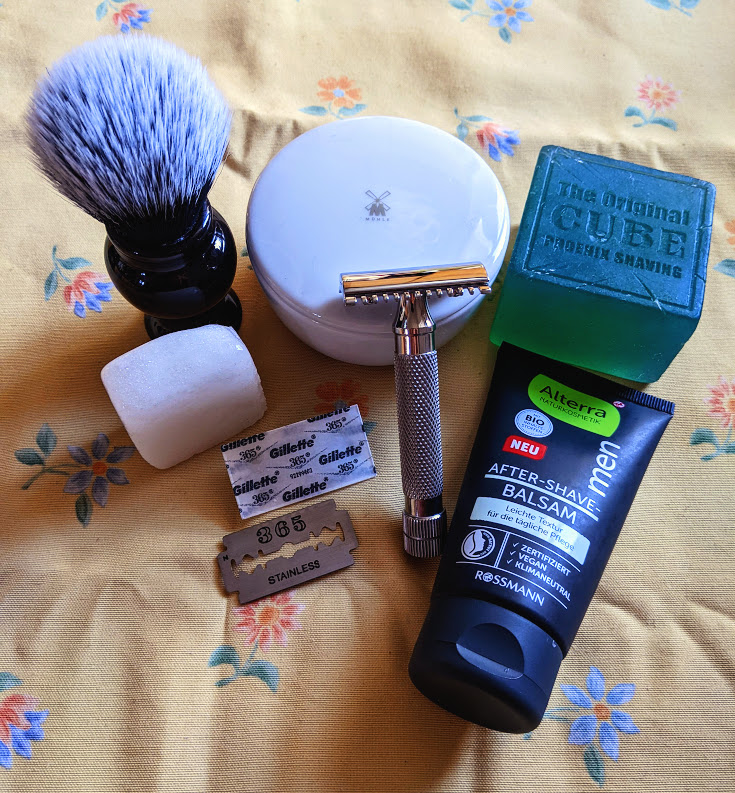
Well I’ve recovered now, and will be back onstage tonight, so a shave is needed!
As previously mentioned, this razor may well be a different animal than an actual ‘old type’ (a.k.a. single- and double-rings from the early 1900’s through around 1920) – I don’t have one to compare (yet!), but that is its inspiration. So, in keeping with the ‘giants of jazz piano’ theme, I need to look at some early greats.
The most obvious choice might be Jelly Roll Morton, who famously claimed (not without some merit) to be the ‘inventor’ of jazz, and wrote many of its earliest, formative tunes… but for various reasons I’m leaning in a different direction, towards a certain Thomas Wright “Fats” Waller, who was arguably just as important and has had a bit more of a direct influence on me.
Waller was many things – pianist, organist, composer, violinist, singer, and comedic entertainer – and a flamboyant personality to boot. He was as virtuosic as anyone, but managed to straddle the boundary between art and entertainment – in much the same way that the shows I play in myself do, so I’ve always felt a connection. In fact, the costume I wear onstage in my current production is inspired by his trademark style!
So, Fats it is! (The very chunky handle I’ve come to like best with this one makes it especially appropriate)
And I have to say, Fats delivered the goods! The 365 seems to suit it particularly well, and on the first pass they sliced through 3 days’ growth like it was nothing at all. The rest of the shave followed suit, eminently smooth and satisfying, with no weepers, hardly a whiff of alum sting and an instantly comfortable BBS result. Glorious! I think I could shave with this combination all year ’round… (ba-dum-crash)
For a photo background, I thought something sunny and floral was in order – you know, every honeybee, fills with jealousy… and all that jazz…
